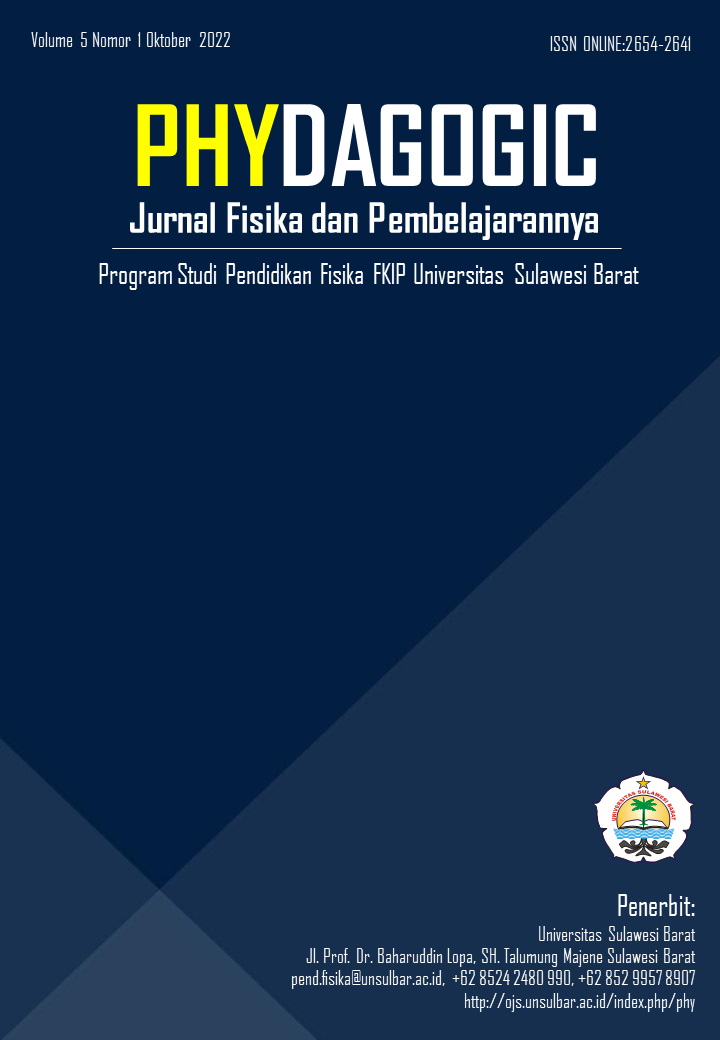Main Article Content
Abstract
Berdasarkan data Badan Pusat Statistik Propinsi Papua (2010) tanaman sagu (Metroxylon spp) di Kabupaten Jayapura terdapat 36 jenis dengan luas sebesar 25.488 ha. Tujuan dari penelitian ini adalah menentukan sifat fisika, kadar lignoselulosa, gugus fungsi dan menganalisis pola spektrum X-Ray Diffraksi limbah ampas sagu. Penelitian ini dilakukan dengan metode eksperimen di laboratorium. Hasil penelitian menunjukkan bahwa, limbah ampas sagu asal Kabupaten Jayapura memiliki kadar air sebesar 10,57 %, kadar abu sebesar 11,50 %, 11,22 % hemiselulosa 58,67 % selulosa dan 8,44 % lignin. Spektrum FTIR sampel menunjukkan adanya serapan Panjang gelombang yang merupakan gugus- gugus fungsi O-H, C-H, C-H2, C-C, C-O dan C-OH, dimana gugus-gugus fungsi tersebut adalah pembentuk senyawa lignoselulosa Pola spektrum XRD sampel memiliki pola yang mirip dengan pola XRD mikrokristalin selulosa standar dengan puncak 2( pada sudut 14,96 (; 17,01(; 18,19 (dan 22,91(. Oleh karena itu, limbah ampas sagu asal Kabupaten Jayapura berpotensi sebagai sumber selulosa partikel.
Keywords
Article Details
Authors who publish in PHYDAGOGIC agree to the following terms: Authors retain copyright and grant the PHYDAGOGIC right of first publication with the work simultaneously licensed under a Creative Commons Attribution License (CC BY-NC 4.0). This license allows anyone to compose, improve, and make derivative works non-commercially, and while they must credit you and gain no commercial advantage, they are not required to license derivative works on the same terms as the original work. Authors are able to enter into separate, additional contractual arrangements for the non-exclusive distribution of the journal's published version of the work (e.g., post it to an institutional repository or publish it in a book), with an acknowledgment of its initial publication in PYDAGOGIC. Authors are permitted and encouraged to post their work online (e.g., in institutional repositories or on their website) prior to and during the submission process, as it can lead to productive exchanges, as well as earlier and greater citation of published work (See The Effect of Open Access).
